- HOME
- ABOUT
- RESEARCH
- INSIGHTS & HAPPENINGS
- JOIN US
- CONTACT US
-
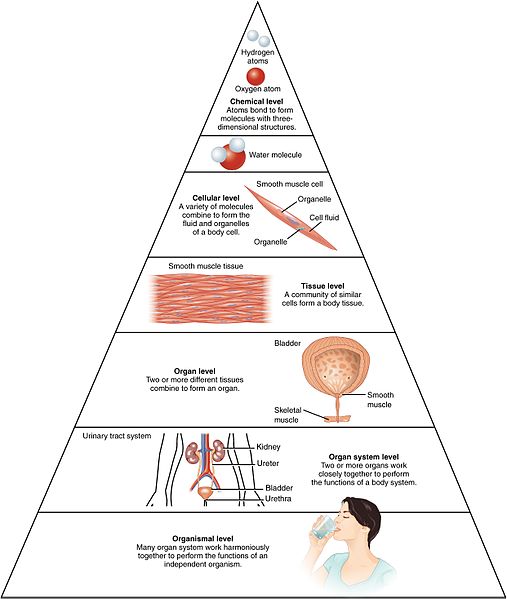
Cells are the bricks, the building blocks – foundations of all living organisms. All of our organs are made up of millions of cells working together with multiple cells, focusing on a common goal.
These interactions create a working organization for the whole organism, creating a functional living being. Any interruptions in this organization are what cause diseases and disorders in our body and this can be accounted to one thing – the failure of cells to function properly overcome this problem, our cells undergo self-renewal and proliferation.
Normally, our cells will start to have defects as their cellular age progresses. Hence, the cells will renew themselves by having the old cells go through cell death and new cells will be regenerated by their neighboring cells. This is for the case of old and damaged cells. For another example regarding injuries, consider a simple cut on the skin.
To heal the wound, the damaged cells will be programmed into cell death and the neighbouring skin cells will divide themselves and proliferate further in order to build a layer of new tissues until the wound gap is enclosed.

However, this type of cell self-renewal is only limited to its own type. Meaning to say it can only do simple healing and rejuvenate cells of its own kind. Instead of regenerating the whole limb, our cells can only regenerate skin tissues to cover the open wound on a dismembered limb as scarring tissue. Organ regeneration like the limb is considered too complex for the cells to heal since it needs various sorts of cells, tissues and even organs.
Disorders that cause organ failures like leukemia and congenital heart disease on the other hand can be treated with organ transplantation. In practice, the replacement of failing organs with healthy organs from donors would fix the issue. Nevertheless, organ transplantation is not without its flaws and problems. Organs act similarly to blood groups. If the donor’s organ is incompatible, the organ will be thoroughly rejected by the recipient’s body system just like how recipient’s with blood group A will reject all other blood groups except blood groups A and O.
Thus, stem cell has become one of the most fascinating fields in biological research due to its enormous potential in the medical field. Stem cells can be divided into 5 types which are:
Stem cells are the most basic form of cells. They function as the originators of cells that give rise to all other cells with specific roles in the human body. The process by which the stem cells turn into specific cells is called specialization or differentiation.
Consider wheat flour, the foundation of all wheat-based food. Wheat flour can be kneaded into bread, pastries, noodles and cakes. The process of kneading wheat flour into these foods is similar to the differentiation process for stem cells. Stem cells can be induced to form specific cells just like wheat flour can be made into bread and pastries. This allows stem cells to be potentially used to regenerate lost tissues and organs and also for bodily rejuvenation. in other words, it can be used to treat chronic wounds and diseases by growing the whole tissue and organs needed for the therapy.
Humans cannot regenerate complex wounds and failing organs, but some organisms are able to do that. One such remarkable case is salamanders and newts. These amphibians are able to regenerate limbs, intestines, parts of the brain, eyes and tails. The key to their regeneration is the presence of blastema cells, a mass of undifferentiated pluripotent cells, which does not exist in most animals. The closest thing to blastema cells for humans is blastocyst or embryogenic cells, which is also consisting of undifferentiated pluripotent stem cells. This is the reason why salamanders and newts can regenerate complex wounds like a full limb amputation, but not for humans. Hence, Totipotent and Pluripotent Stem Cells are highly sought after in medical research since they can regenerate full body parts and organs, but the sources of these two types of stem cells are still hard to be procured.

Nevertheless, researchers have already found a way to obtain pluripotent stem cells through embryogenic stem cells and induced Pluripotent Stem Cells (iPSC), but they are either still undergoing clinical trials or having problems with their legal and ethical considerations. Multipotent Stem Cells like Mesenchymal Stem Cells by contrast have completed their clinical trials, have lesser ethical concerns and are currently being used in regenerative therapy by various Tissue Engineering and Regenerative Medicine based companies.
Mesenchymal Stem Cells can be found in many parts of the human body including bone marrow, umbilical cord, amniotic fluid and adipose tissue. As Multipotent Stem Cells, they can be differentiated into connective, musculoskeletal and circulatory tissues. As such, they can be used to treat complex wounds and traumas on skin. In Cell Tissue Technology, we use Mesenchymal Stem Cells to create autologous cells for therapies like Tissue Engineered Human Skin, beautifying and aesthetics usage, while also using it in research in order to advance the stem cell technology and unlocking its massive potential in the Tissue Engineering and Regenerative Medicinal field.
If you feel we might be able to offer meaningful improvement to both your condition and your quality of life, then please reach out to schedule a free consultation with one of our in-house clinical experts. We offer consultations in both Malay and English.





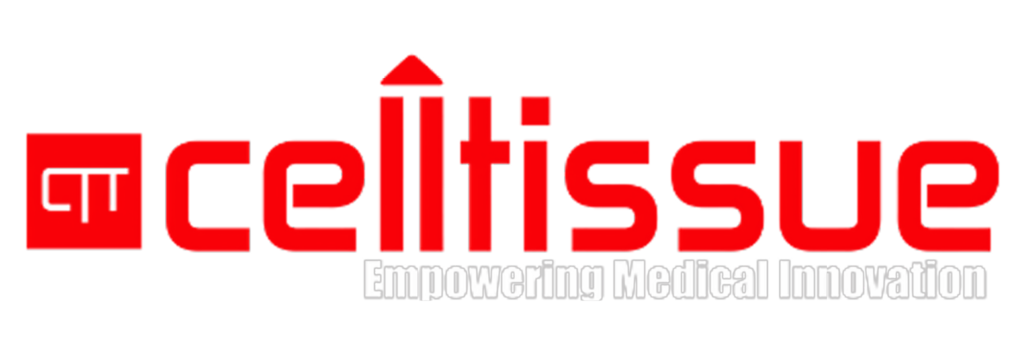
Founded in 2010, Cell Tissue Group is a pioneering Malaysian medical technology company and a spin-off from the National University of Malaysia (UKM). As Malaysia’s first Tissue Engineering firm, Cell Tissue Group operates within a certified GMP Lab, ensuring the highest standards of medical research and product development, particularly in Tissue Engineering and Regenerative Medicine.

Founded in 2010, Cell Tissue Group is a pioneering Malaysian medical technology company and a spin-off from the National University of Malaysia (UKM). As Malaysia’s first Tissue Engineering firm, Cell Tissue Group operates within a certified cGMP laboratory, ensuring the highest standards of medical research and product development, particularly in Tissue Engineering and Regenerative Medicine.
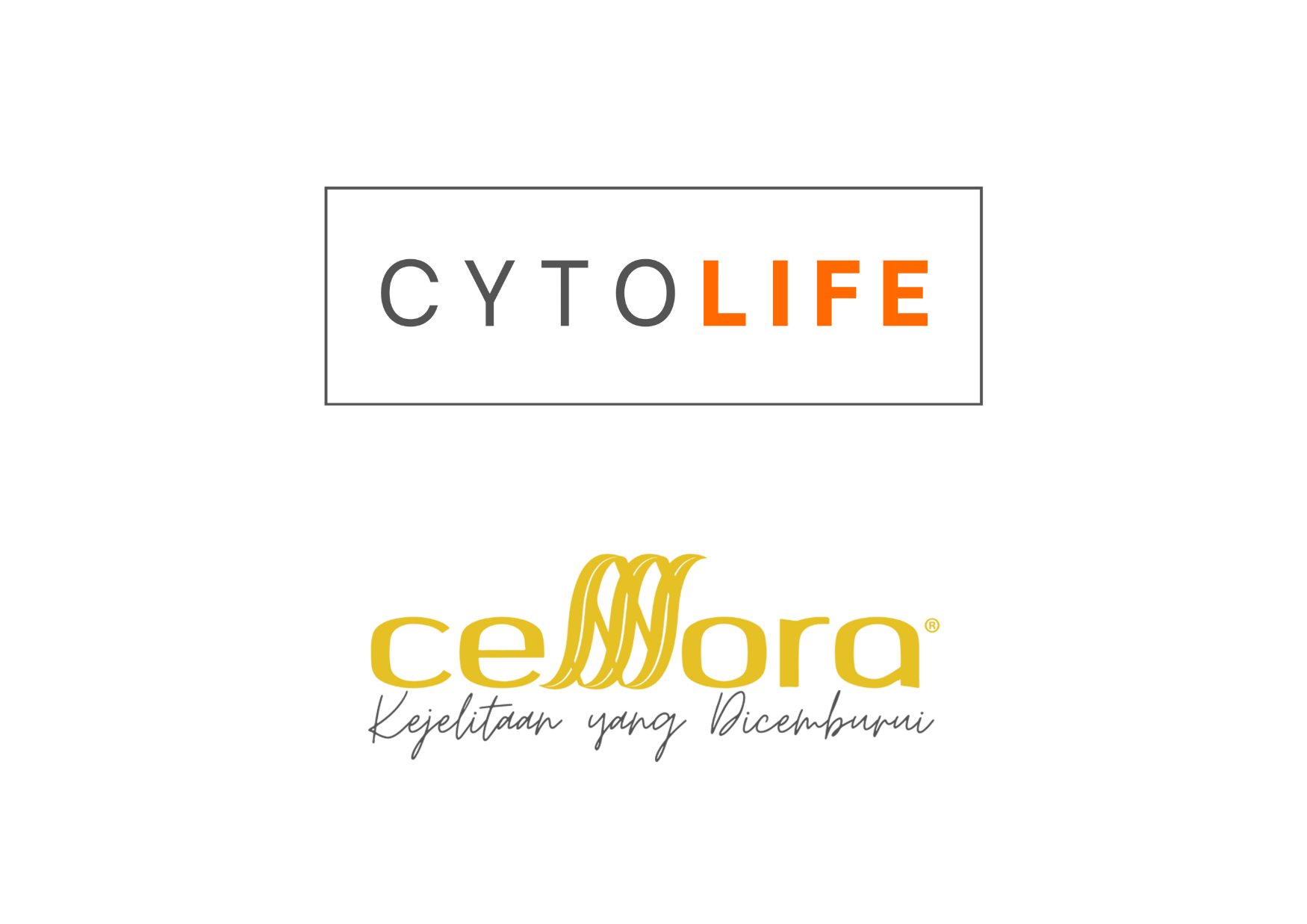
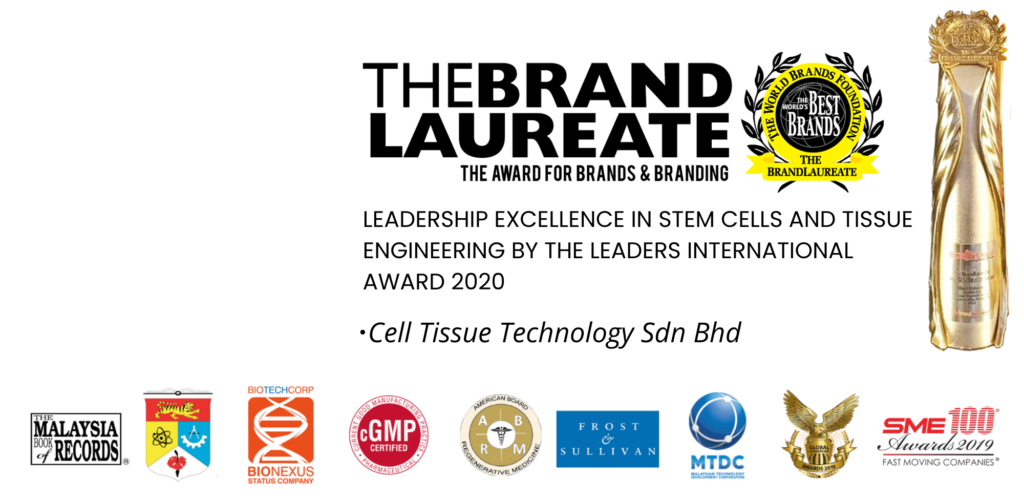
Proudly powered by CTG © 2010-2025 Cell Tissue Group, a Universiti Kebangsaan Malaysia Spin-Off Company. – All Rights Reserved.